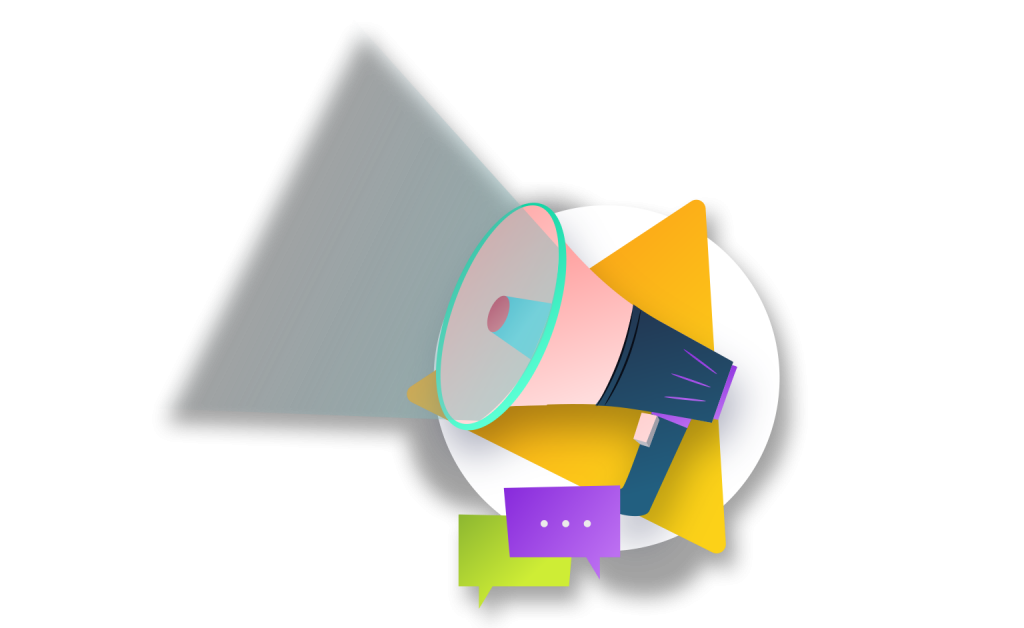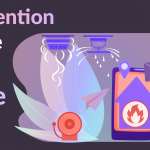The way we do business will change with the implications of IoT. While connecting devices with the sensors, we are fundamentally giving rise to a new era of smart devices, data analytics, connectivity, automation, and innovations. Over the next 10 years, businesses will adopt the full advantage of embedded systems and devices in their companies to change the future paradigm. Numerous industries have already adopted IoT, and they are all enjoying it.
You can learn more about how this clever movement will help various firms and sectors improve their management and marketing here. In this article, we will review the 4 industries likely to be impacted by the everchanging IoT technology in 2022.
Oil and gas

Due to the involvement of various sites, the oil and gas sector has numerous applications for IoT. Apart from this, asset tracking and GPS tracking also have many benefits for the oil and gas industry. Moreover, due to the increasing geological tension in the world, oil and gas IoT applications may bring a revolution soon. This will impact the competitive edge between companies willing to do such ventures. As a result, IoT could have an overall economic impact of $3.9 trillion to $11.1 trillion by 2025, according to McKinsey.
It is not surprising that the O&G business is interested in utilizing IoT, given the potential economic impact of mining and O&G industries over the next ten years, which is estimated to be $930 billion.
Recently various Oil brands have also started using IoT devices to track assets and analyze their extreme data. This makes implementing informed adjustments that maximize efficiency and save expenses simpler. However, the oil and gas industry is risky, even though its employees receive specialized training, something consumers should keep in mind. IoT enables businesses to monitor their premises and equipment without relying heavily on humans.
Agriculture

Although agricultural technology is not new, farmers and farming organizations are now relying on the internet of things to increase output capacity and fulfill global population growth demands. Farming drones and sensors have already helped farmers increase the effectiveness of their daily job. In the upcoming years, it appears that new IoT-enabled techniques like remote monitoring of crops, machinery, and animals, as well as collecting statistics on livestock and produce, will play a part in assisting farmers in meeting the world’s food demands. Farmers know that undergoing digital changes is crucial to maintaining their operations’ competitiveness. Therefore, many of them decide to use IoT apps as the catalyst for the shift.
Advertising

Smart devices have developed links between anything from wearables to autos, resulting in a variety of new channels and screens for advertising. Today’s intelligent gadgets give businesses detailed information about customer purchasing habits, activities, behavior, and the most persuasive touch points. This information enables marketers to target users effectively and at the correct time to boost conversion rates.
By allowing access to consumer consumption and purchasing patterns, innovative drink bottles are already giving marketers a window to study consumer behavior. For instance, users may quickly access promotional offers like discounts on future purchases, obtain suggested cocktail recipes, and receive exclusive material according to their needs when they scan the connected whisky bottles from Diageo with a smartphone.
IoT reduces the entry hurdle by expanding the available sources of personal information. In contrast, web advertising platforms like Facebook and Google have long since figured out how to take advantage of a user’s web browsing habits.
Your computer, smartphone, smart home appliances, and fitness sensors may all be used to create a profile right now, sometimes in tandem. Before you even realize it, advertisers will be able to forecast what you desire. In addition, because of connected gadgets’ sensors, advertisers may more easily create unique consumer profiles for each user.
Smart buildings

The commercial real estate and construction sectors are already significantly impacted by the internet of things. A new generation of smart buildings is assisting businesses in shifting their attention away from cost-cutting and toward priorities that align with those of property owners and managers.
Many nations are implementing or planning various IoT-enabled sensors to transform their cities into smart cities. As a result, IoT-enabled sensors and other connected technology enhance the quality of life.
Smart buildings have the potential to increase physical security in addition to lowering costs significantly. Organizations can now defend their offices in real-time while taking into account risk factors and the long-term costs which can initiate potential security breaches, thanks to the adoption of IoT-connected facial-recognition cameras.
Conclusion
These 4 industries are going to change respectively into the next phase of data-driven IoT in the coming years. As the technology is getting more advanced, different futuristic inclusions will bring evolution to the market as well. To ensure the best of all, businesses should start looking out for IoT solutions for their ventures as the future holds connectivity and IoT is the supremacy of all.





